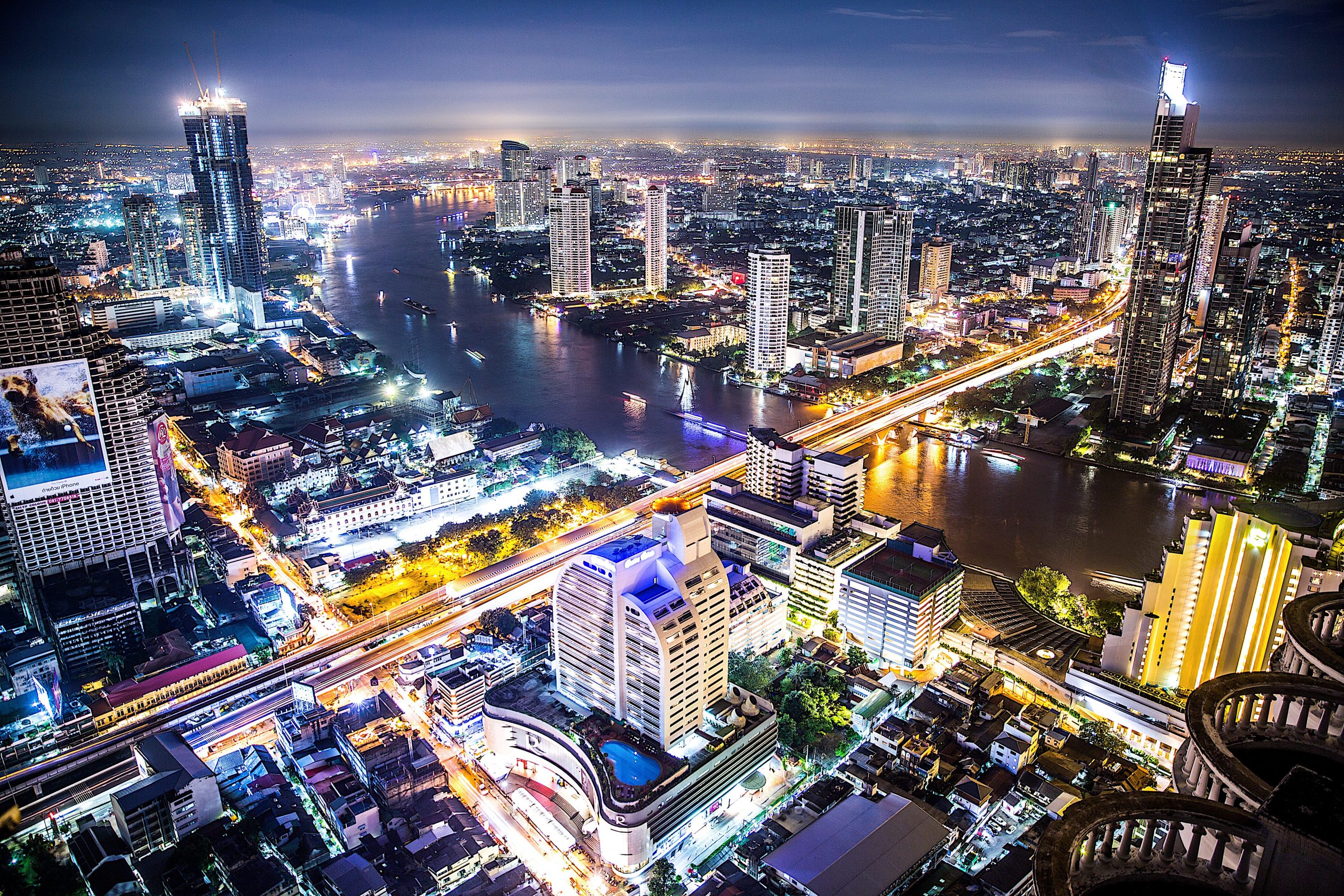As Thailand braces itself for the impending high season, frets about capacity constraints at its international airports are causing some apprehension among the country’s tourism officials. With an expected revival of flight services and an anticipated influx of approximately 8 million tourists this year – primarily from long-haul markets – the Tourism Authority of Thailand (TAT) is approaching the comeback of international tourism with a cautious optimism.
An integral personality at the helm of these developments, Siripakorn Cheawsamoot, the 42-year-old TAT deputy governor responsible for territories encompassing Europe, Africa, the Middle East, and the Americas, sees positive signs on the horizon. He remarks, for example, that flight operations are currently operating at over 70% of 2019’s figures. His forecasts for the year include 6 million tourists from Europe, a million from the Americas, and roughly half a million from the Middle East.
While there have been gradual advancements in managing ground services, a potential problem looms large with a likely overflow of flight slots during the peak season. Predictions suggest this upswing could potentially reach as much as 85% of that seen in the halcyon days of 2019. Key factors to this increase are the swelling numbers of airlines requesting new slots at popular airports such as Suvarnabhumi International Airport in Bangkok and Phuket’s International Airport.
As a countermeasure to this impending congestion, Siripakorn proposes utilizing other international airports located in some of Thailand’s prime tourist destinations. He suggested considering airports in Surat Thani, U-Tapao in Rayong, Krabi, and Chiang Mai as potential pressure valves to remedy the impending congestion.
Last week marked an event of significance to Thailand’s tourism strategy — a letter of intent was signed between the TAT and Taiwan’s EVA Air, with the mutual goal of increasing the number of tourists flying to Thailand via EVA Air’s network. The Taiwanese carrier is currently operating 28 weekly non-stop flights between Taipei and Bangkok, half of which facilitate direct connections to London, Amsterdam, and Vienna in Europe, according to a report from the Bangkok Post.
EVA Air’s President, Clay Sun, cited an impressive load capacity of between 85% and 90% on the Taipei-Bangkok route. Furthermore, the routes from Bangkok to various European destinations reportedly reach near full capacity at around 95%. A considerable demand for these services, facilitated by Boeing 777s wide-body aircraft, emanates from travelers from Taiwan, North America, and Europe.
However, there are still numerous hurdles to be navigated. For instance, ongoing geopolitical tensions in Eastern Europe are inflating fuel prices, the drive to attain net-zero carbon emissions is met with a scarcity of sustainable aviation fuel supply, and disruptions in the supply chain continue to unsettle the aviation industry.
In spite of these obstacles, EVA Air, currently boasting a fleet of 86 passenger planes and eight cargo planes, is planning to expand by introducing 14 new aircraft by 2027. These new additions, as indicated by Clay Sun, would notably boost capacity in key cities, especially Bangkok, in the upcoming years.


















Be First to Comment